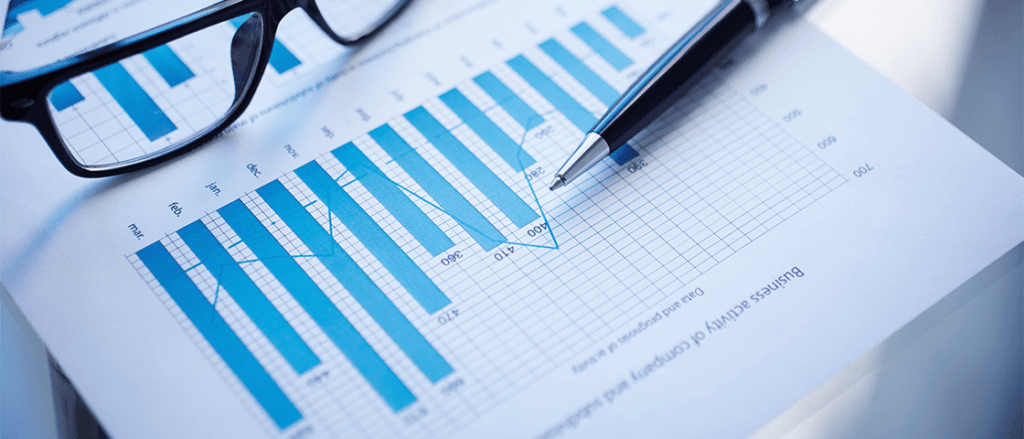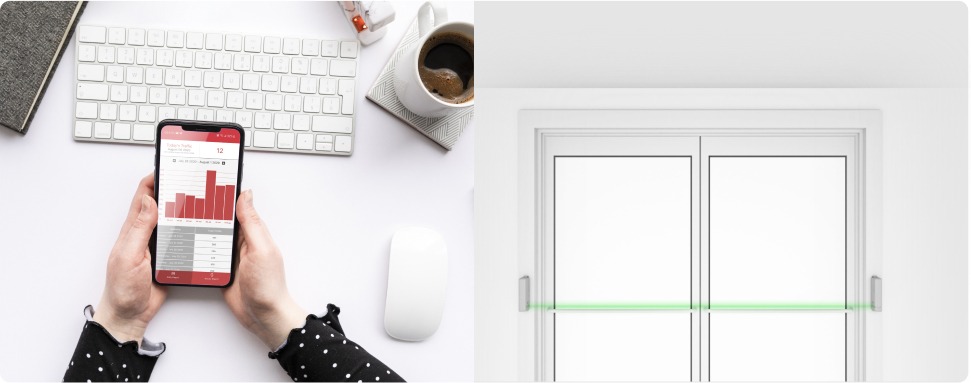For nearly 30 years, we have been following closing ratio in stores and its relationship to sales. The bottom line… if you are serious about increasing your store sales, the fastest, least expensive and longest lasting increases in sales will come as a result of selling to a higher percentage of your traffic. This is especially true in mall based specialty stores, but we have seen cases, such as liquor stores, where one would believe that everyone that enters the store will make a purchase make significant increases in sales by focusing on the things that drive closing ratio. Basically, retailers have two types of strategies to increase sales… either increase the amount of traffic you receive, or do more with the traffic you get. Traffic building is typically costly, and includes opening or renovating or relocating stores; advertising; increasing inventory levels; and other such strategies. In one way or another, to increase your traffic, you must spend money. With the competition in today’s markets for most retailers, traffic will not just increase automatically. The days of “build it and they will come” are not what they were in the past. The other type of strategy is to squeeze more dollars from the sales opportunities that present themselves every day. This can be done in one of two ways… increasing closing ratio, or increasing the average transaction value. Both of these strategies are very much within the control of the selling floor and operations management. The key is understanding how to impact each of these, and the potential each strategy holds for improved sales and profitability. In any retail store, or even website, a simple equation holds true to explain how an why retailers make the sales they do. Traditionally, retailers have calculated sales with the following equation:
Transaction Count X Average Sale Value = Sales
Most POS Systems and cash registers provide the tools to make this calculation, however, there is a major flaw in the use of this equation. The problem is that the store’s transaction count is a compound calculation. It is made up of traffic, and the store’s closing ratio on that traffic. It is possible to have changes in both traffic and performance (ie. Closing Ratio) with no net change in transaction count as the table below indicates.
| Traffic | Closing Ratio | Transaction Count | Average Sale | Sales |
|---|---|---|---|---|
| 1 000 | 20.0% | 200 | 35 | $7000 |
| 1 500 | 13.3% | 200 | 35 | $7000 |
| 800 | 25.0% | 200 | 35 | $7000 |
In each case, the retailer will see a transaction count of 200 using conventional thinking. Looking at this example however,
there is clearly a difference between the three scenarios. In the second case, it takes 1500 people to make $7000 in sales,
where in the third scenario, it takes only 800. In the third example, the store was nearly twice as effective and efficient as
in the second case. This happens in EVERY store, however, most retailers do not have the tools to identify these changes
in productivity, and therefore, the ability to take aggressive steps to capitalize on store potential. Too often, we hear store
managers saying “there was no traffic”. This statement typically means “we didn’t put a lot through the till.” In most cases,
when store managers count their store traffic, and measure their conversion rate, the traffic “excuse” only rears its ugly head
when there truly is a problem.
Rather than explaining retail sales using the equation above, a more precise one is:
The New Retail Equation
Traffic X Closing Ratio X Average Sale Value = Sales
This equation takes into account ALL the factors that contribute to store sales… traffic and performance on traffic. It more fully explains WHY the store made the number of sales it did. Once this is known, the potential can be seen and calculated, and specific actions can be implemented, and evaluated independently.
So… how does one drive their closing ratio? While there are several ways, in the vast majority of stores and companies,the answer is simply by providing more effective service. This can occur a number of ways, from altering staffing to provide more consistent customer service, to training, to setting more specific performance targets and standards. The end goal is to open more sales. The more sales you open, the more you will close. Giving your staff every opportunity to sell, and making them aware of the targets, and accountable to make sure they reach those targets drives closing ratio.
One of the most exciting new developments on the horizon is a management decision making software, geared at providing store managers a specific set of actions to follow each day to provide them the best chance of opening and closing more sales. This software, which can be run at literally the press of a button, will identify how much potential exists in the store, examines why sales are lost, and provides workable solutions. It also provides the basis for region or division managers to look at individual stores, examine which steps are being followed and which are not, and how much the store made or lost as a result of the efforts made.
The leverage effect closing ratio has on sales is an important concept to understand. Let’s assume, a store gets 1000 traffic weekly, sells 20% of that traffic at an average transaction of $20. Using the Retail Equation, the sales would be:
| Traffic | Closing Ratio | Average Sale | Sales |
|---|---|---|---|
| 1 000 | 20.0% | $20 | $4000 |
Let’s explore the following strategies…
A) Bring in an additional 100 people per week
B) Increase the average sale by $2 per transaction
C) Sell 4% of the 80% of the stores traffic that doesn’t buy from the store.
Mathematically, this would look like:
| Traffic | Closing Ratio | Average Sale | Sales | |
|---|---|---|---|---|
| Base Scenario | 1 000 | 20.0% | $20 | $4000 |
| Increase Traffic | 1 100 | 20.0% | $20 | $4400 |
| Increase Avg. Sale | 1 000 | 20.0% | $22 | $4400 |
| Increase Closing Ratio | 1 000 | 24.0% | $20 | $4800 |
Clearly, the benefits of driving closing ratio in this situation, far outweigh the benefits of the other two strategies. The bonus, it is easier and considerably less expansive to achieve this type of increase than it is to consistently drive more traffic, or put an additional 10% more onto every purchase. Sell to 4 more of each 80 people that leave the store empty handed.
What drives closing ratio? The answers generally fall around service. This could mean the skill level of the people in your store; (i.e. Their selling skills and product knowledge), scheduling both people and tasks so staff are able and ready to focus on selling during the periods when the potential is highest; setting realistic, specific selling targets and monitoring results (in terms of closing ratio); and enabling your people to open more sales. In “big box” stores and grocery stores, the amount of service could include the number of cashiers you have on duty at specific times.
Over the last 30 years, we have learned that every store has traffic and buying patterns. We know that:
Traffic Flows and Buys in Predictable Patterns
Once these patterns are known, managing for sales becomes much easier, and more effective. Gaining a handle on these patterns, exploiting them, and using them to track change in the store will provide many insights into the store’s potential, and will go a long way to helping to drive closing ratio. Driving closing ratio will become the easiest way you will find to increase your sales.










